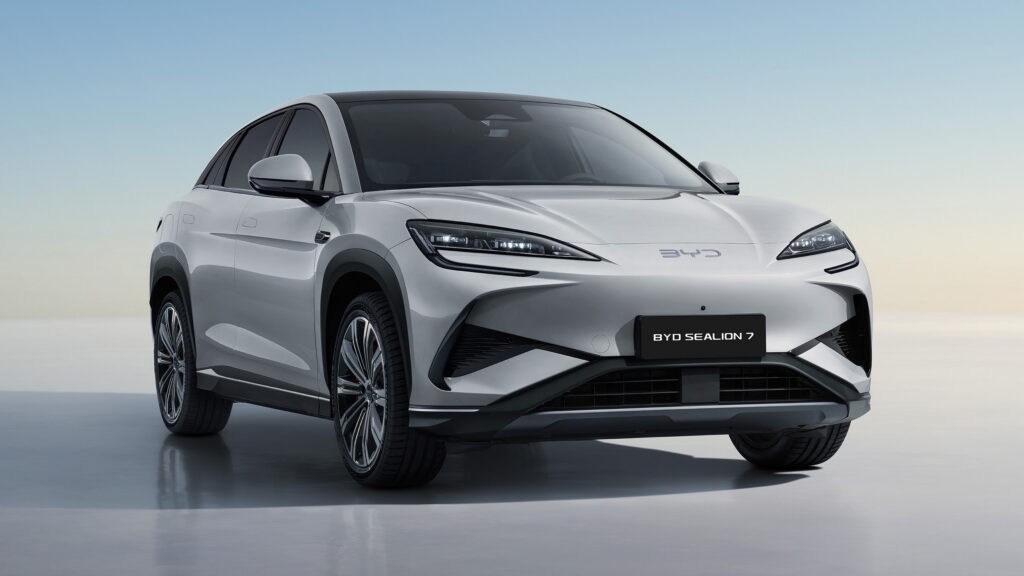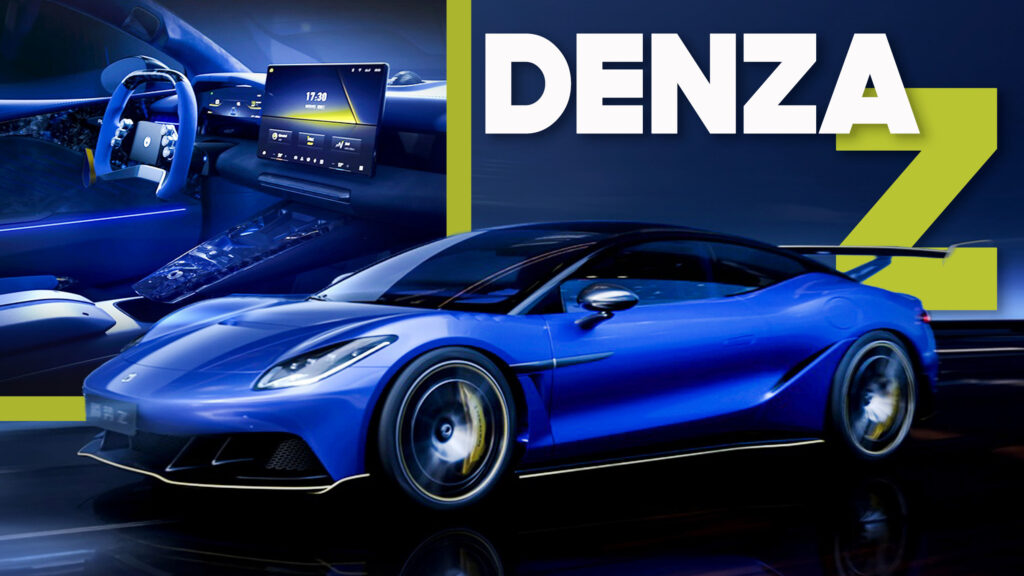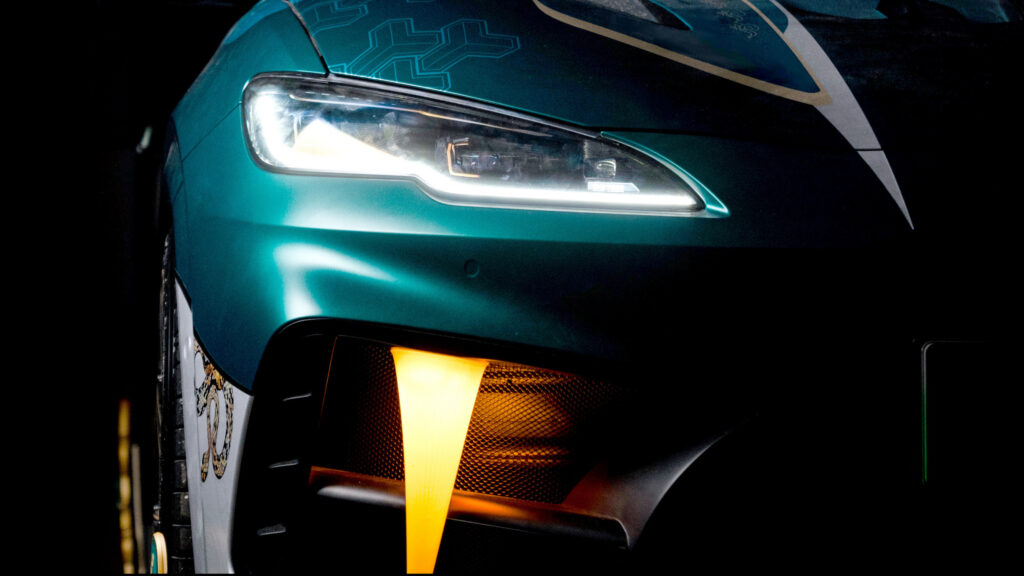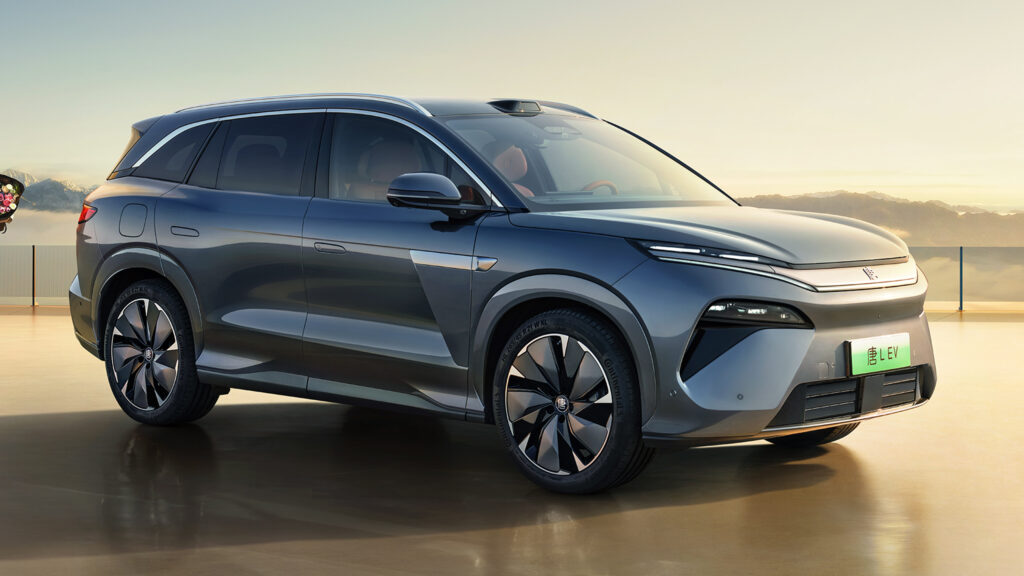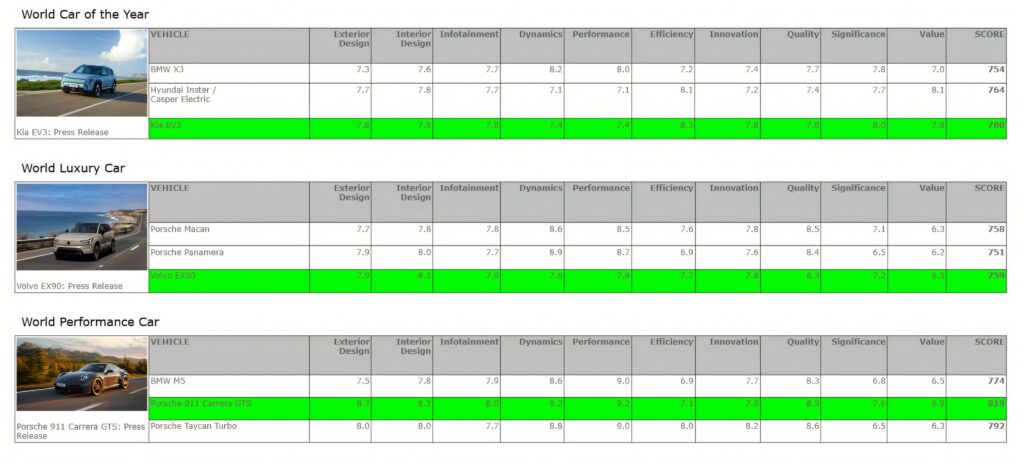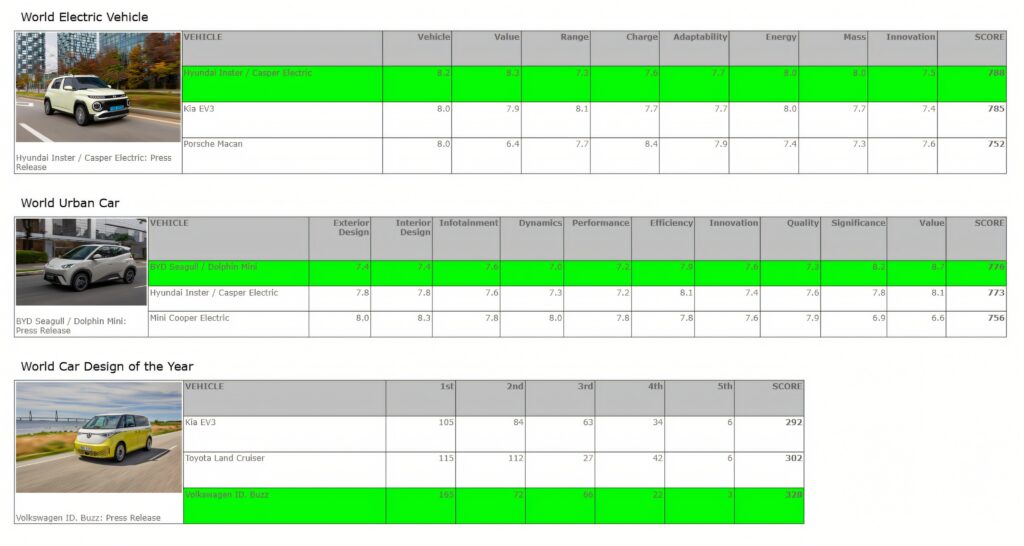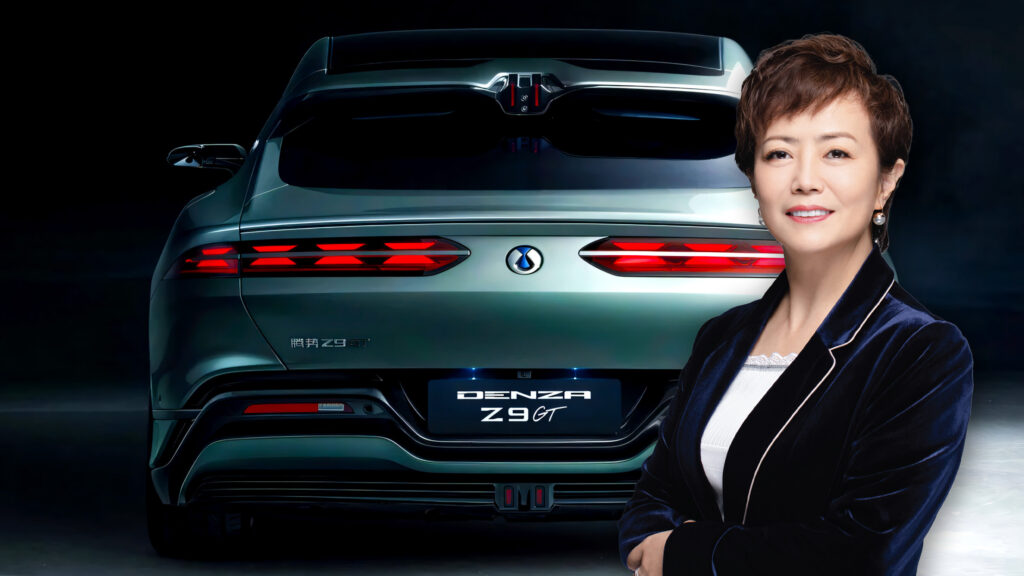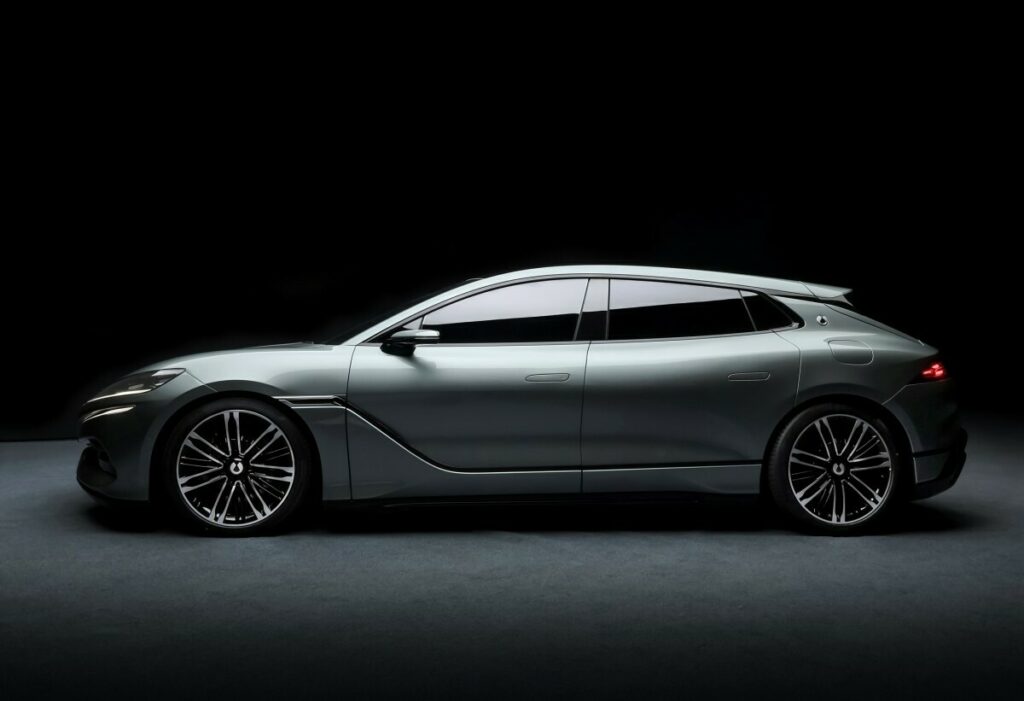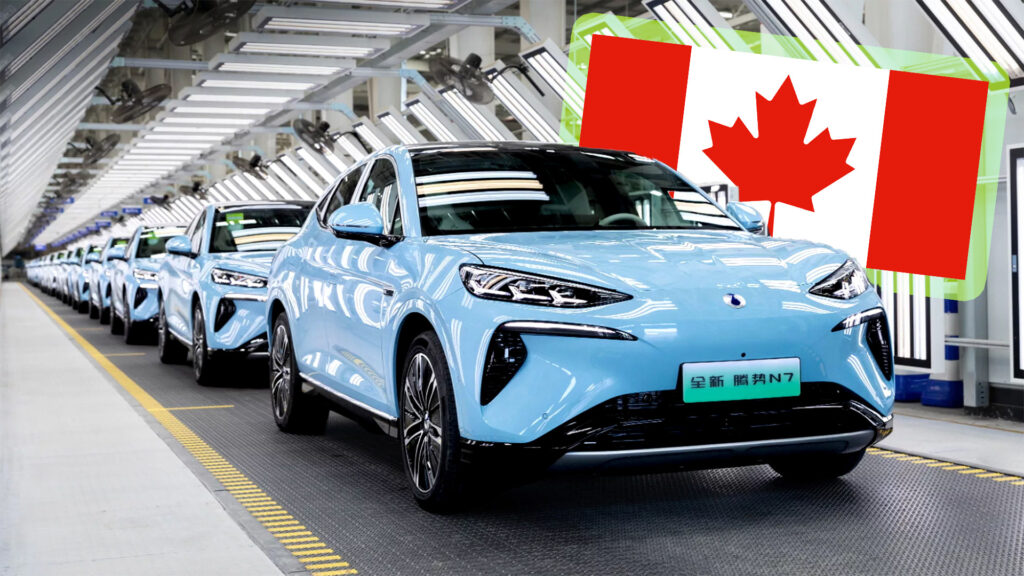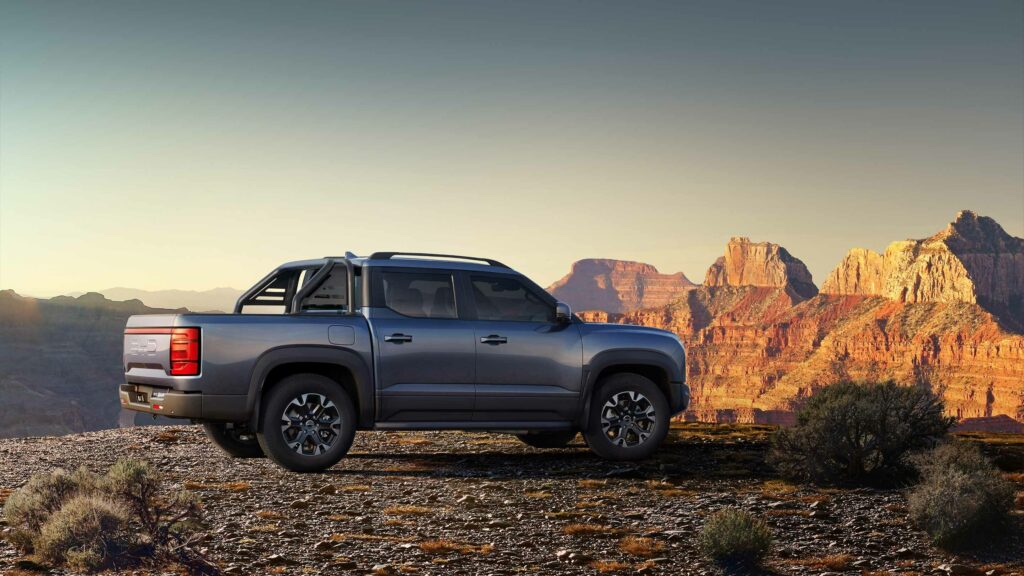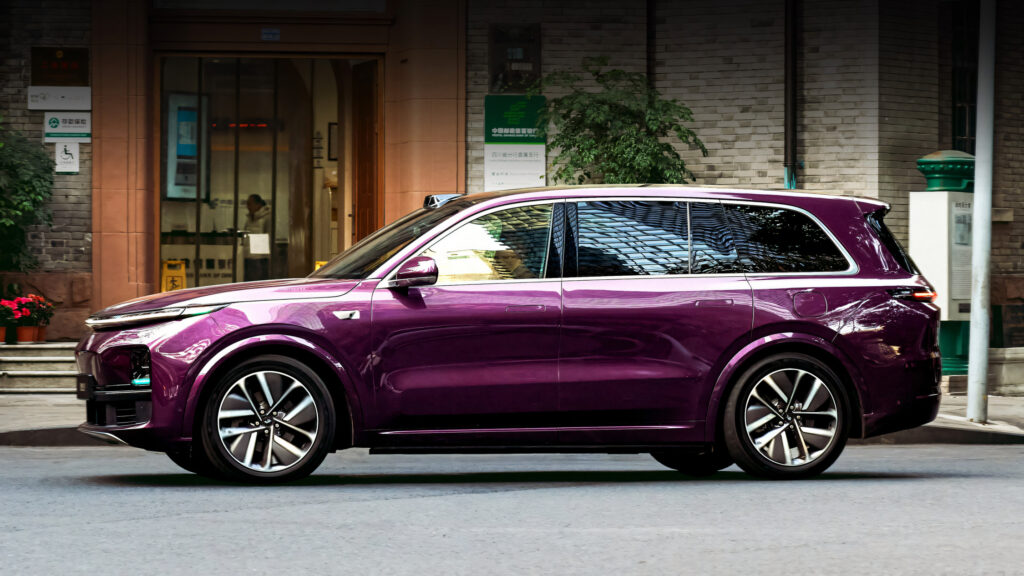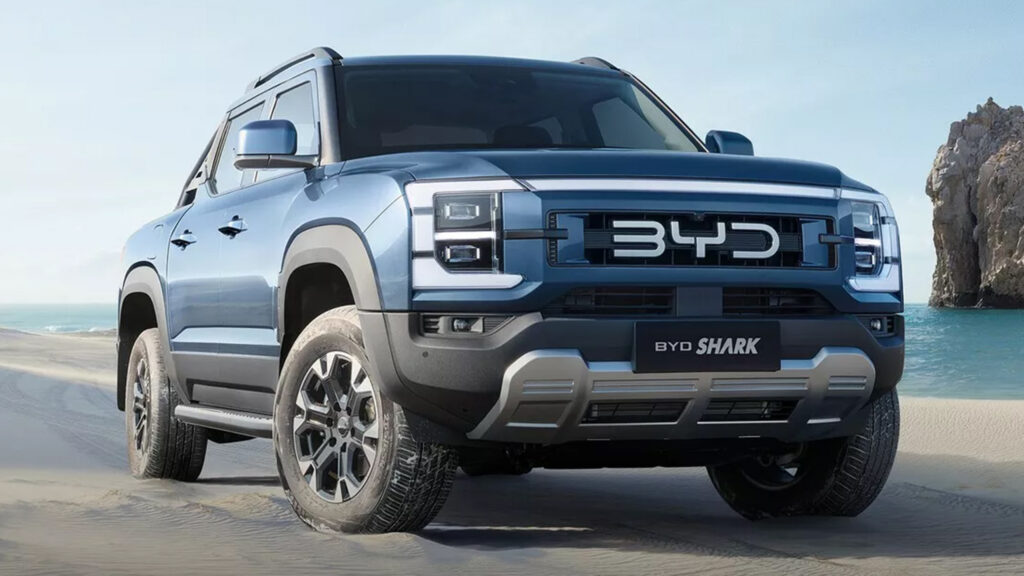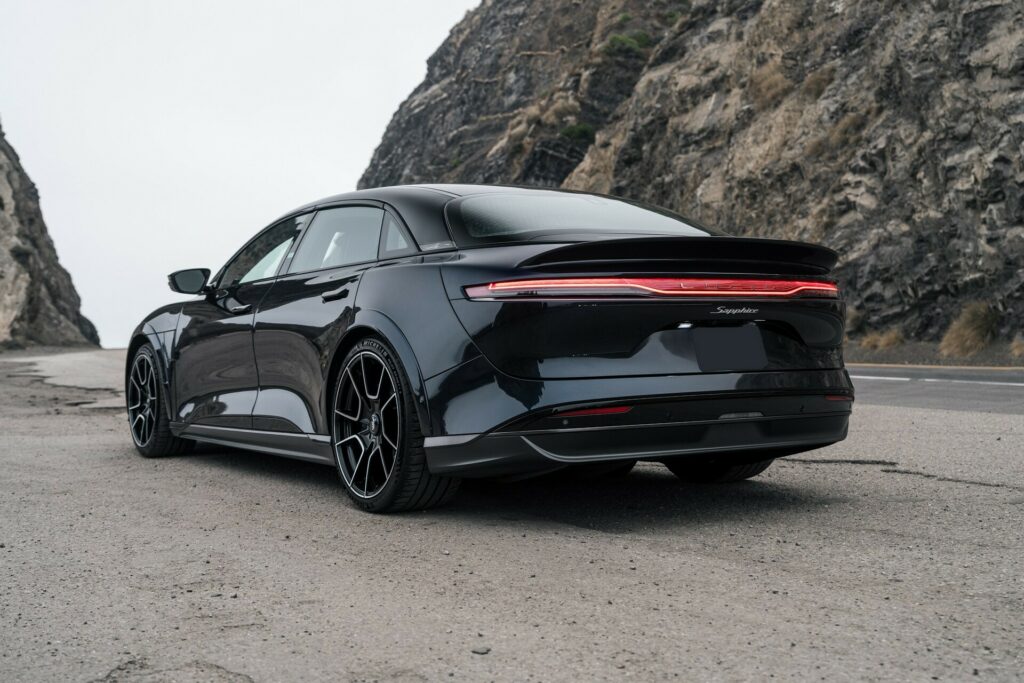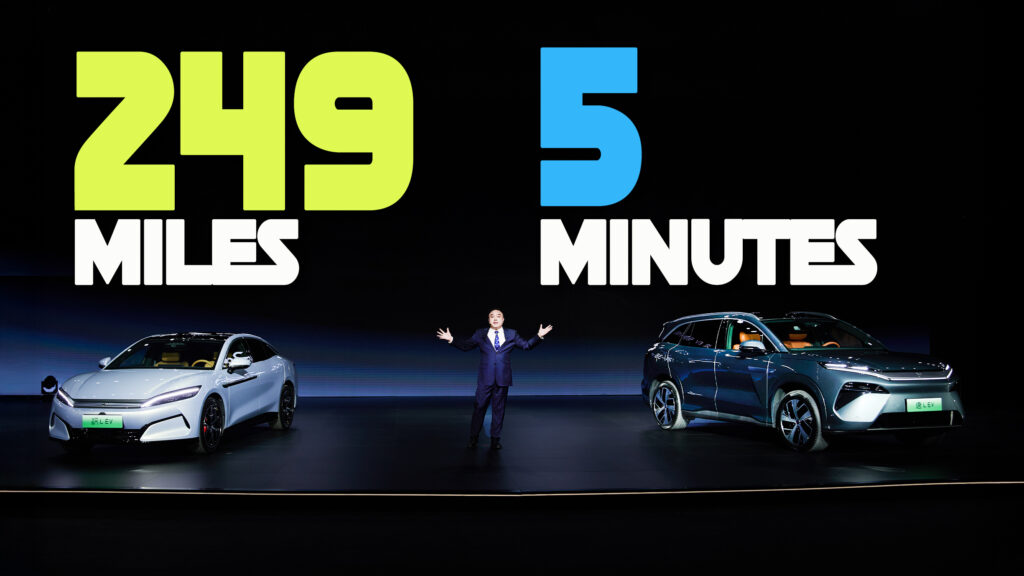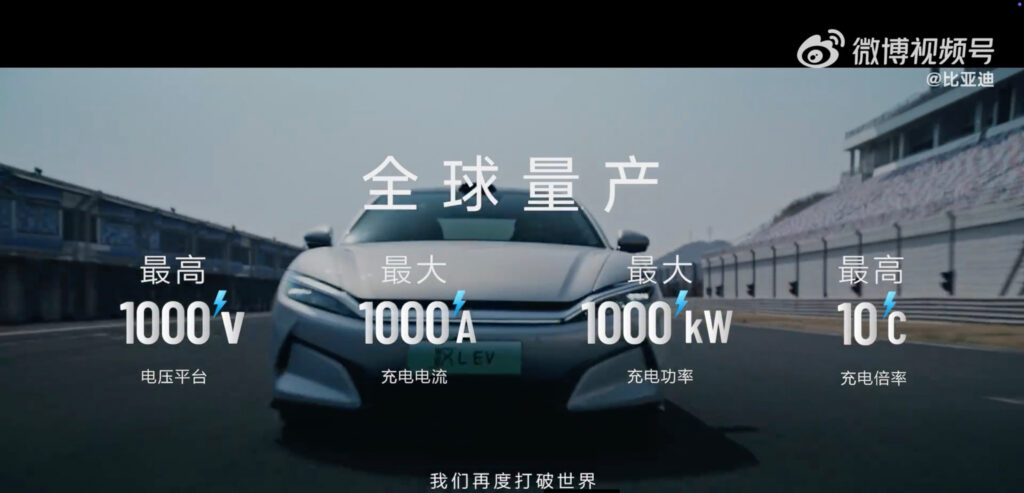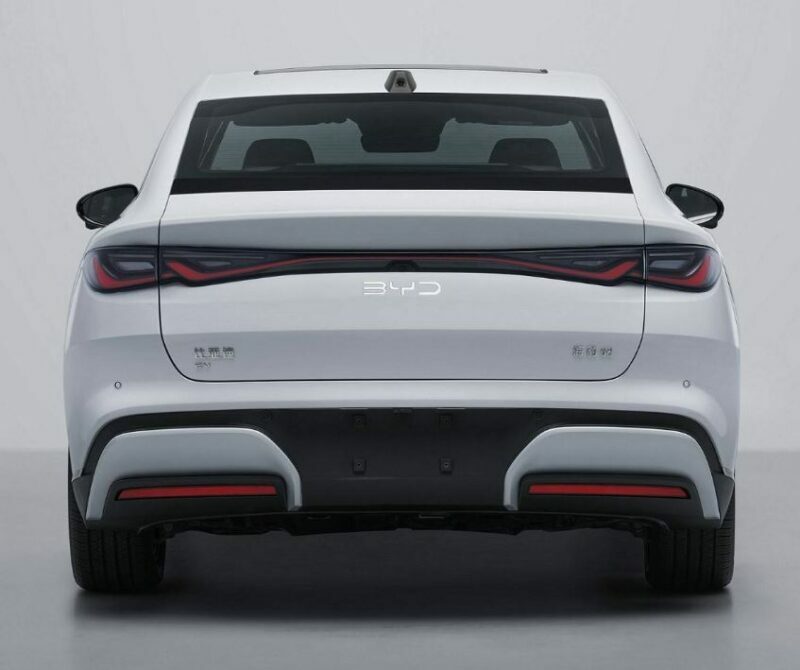This Chinese Company Pulled In More Subsidies In 6 Months Than Rivals Did All Year

- Last year, CATL received more government subsidies than any other company.
- Other brands receiving significant subsidies include BYD, SAIC, and GWM.
As electric vehicles continue their steady march toward becoming a dominant force on global roads, one country has pulled far ahead of the rest- and it didn’t happen by accident.
By now, it’s widely understood that Chinese automakers have taken a commanding lead in the EV race, while many Western legacy brands are still scrambling to catch up. It’s also well known that Chinese battery companies are driving much of this momentum, leading with rapid innovation and serious scale. But how did they manage to surge ahead so dramatically in such a short time? The answer is fairly straightforward: money. More precisely, billions in government subsidies every single year.
Read: CATL’s New EV Batteries Give You A Full Charge In Minutes
Fresh data from Nikkei Asia shows just how significant this financial support has been. Contemporary Amperex Technology Co., better known as CATL, the world’s largest EV battery manufacturer, has been raking in the kind of government funding that would likely make Elon Musk reconsider his next big tax tweet.
While CATL has not reveal full-year details of the government help it received in 2024, it has disclosed that in the first half it got 3.84 billion yuan ($532 million) in state subsidies. This made it one of the largest beneficiaries of the Chinese government’s policy, only behind state-owned oil company Sinopec, which received 4.06 billion yuan ($563 million). Importantly, however, that’s how much Sinopec received for the full 2024 calendar year, whereas CATL’s figure is only for the first six months of 2024 – thus, it total, the latter’s figure far exceeded Sinopec’s.

The subsidies CATL has received appear to have jumped in the second half of 2024. As noted by Nikkei Asia, in 2023, it disclosed its subsidies under ‘other income’ in its financial reports. In 2023, ‘other income’ totaled 6.26 billion yuan (~$868 million), and of this, 5.72 billion yuan (~$793 million) were subsidies. In 2024, its full-year report revealed 9.96 billion yuan (~$1.3 billion) in ‘other income,’ but didn’t specify how much of this was subsidies.
Of course, it’s not just CATL that is benefiting from this practice Full-year data from 2024 reveals that BYD received almost 3.8 billion yuan (~$527 million) in subsidies last year, no doubt playing a significant role in the firm’s ability to release so many new models so frequently.
Great Wall Motor was the fourth-largest recipient of subsidies, earning a touch under 3 billion yuan (~$416 million). SAIC Motor closely trailed GWM, receiving more than 2 billion yuan (~$277 million) in subsidies for the year.
All this answers the questions we posed at the beginning. There’s no secret sauce at play here; the Chinese managed to leapfrog the competition and undercut their rivals at the same time simply due to immense state help. No wonder, then, that the US and the EU are seething as they watch their own brands trying to compete in an uneven playing field.















